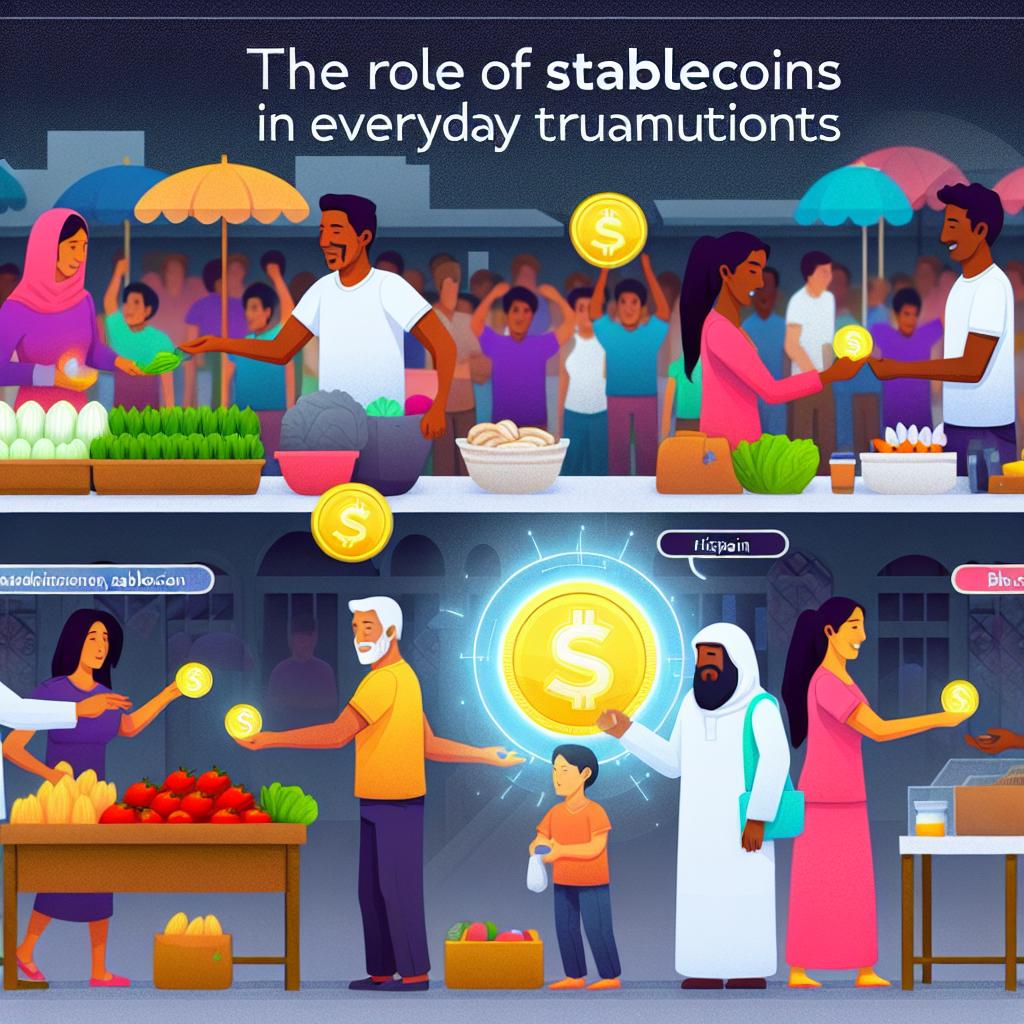Understanding Everyday Use of Cryptocurrencies
Cryptocurrencies have become an integral part of the financial landscape over the past few years. They offer an innovative approach to digital transactions and finance management, presenting a new way to handle everyday transactions. Although many cryptocurrencies have entered the market, only a select few have demonstrated practical use for day-to-day transactions. This practicality is heavily influenced by their transaction speed, fees, and how widely they are accepted.
Bitcoin: The Pioneer with Global Recognition
Bitcoin stands as the original cryptocurrency, paving the way for many others that followed. Launched in 2009, it remains the most well-recognized digital currency, synonymous with the very idea of cryptocurrency. Its core strength lies in having a large, diverse user base and offering a high level of security through its decentralized nature. Its extensive blockchain and consensus mechanisms, providing robustness and security, come with the trade-off of slower transaction times and higher fees. These constraints limit its widespread adoption for everyday transactions. However, Bitcoin’s status as a store of value or “digital gold” remains unshaken, as it continues to attract users globally. Understanding its ecosystem offers valuable insights, and you can delve deeper by visiting bitcoin.org.
Ethereum: Beyond Digital Currency
Ethereum stands out not only as a digital currency but as a platform capable of facilitating complex interactions with its smart contracts. Launched in 2015, Ethereum presents more than just a medium of exchange; it’s a foundation for decentralized applications (dApps) and is credited with significantly broadening the potential of blockchain technology. Ethereum’s ability to conduct and execute automatic, conditional transactions via smart contracts puts it at the forefront of blockchain utility. The Ethereum network is well-supported by a robust developer community, constantly working on improvements. One of the major updates, Ethereum 2.0, aims to address issues of transaction speed and fees, potentially increasing its viability for everyday transactions. Detailed information can be explored at ethereum.org.
Litecoin: Faster Transactions
Litecoin, introduced in 2011, was designed to complement Bitcoin by offering faster transaction times and lower fees, addressing some of Bitcoin’s limitations. Often referred to as the “silver to Bitcoin’s gold,” Litecoin offers a streamlined and efficient process ideal for everyday use. Its block generation time is notably shorter than Bitcoin’s, making transactions quicker without compromising on security. Many merchants open to Bitcoin payments also accept Litecoin, solidifying its reputation as a practical choice for daily transactions. For further reading, litecoin.org provides a wealth of resources and insights.
Ripple (XRP): Transactions Across Borders
Ripple’s native asset, XRP, is explicitly designed for cross-border payments and operations within the banking sector. It offers a compelling solution for international money transfers with its rapid transaction times and minimal fees. Unlike other cryptocurrencies that focus on decentralization, Ripple’s network collaborates closely with financial institutions, providing a bridge between conventional banking services and digital finance. This alignment helps streamline international transactions, establishing Ripple as a key player in bank-oriented digital finance ecosystems. Although XRP is primarily geared towards institutional use, its qualities make it suitable for individuals engaging in global commerce. More details on its operations are available at ripple.com/xrp.
Bitcoin Cash: A Competitor for Everyday Transactions
Emerged from a hard fork of Bitcoin in 2017, Bitcoin Cash was created to address Bitcoin’s scalability challenges. With increased block size, Bitcoin Cash aims to process more transactions at lower fees, making it highly suitable for everyday purchases. The debate on Bitcoin scaling led to this split, with Bitcoin Cash supporters emphasizing its usability as a daily currency over Bitcoin’s perceived value storage role. While its community is smaller than Bitcoin’s, Bitcoin Cash focuses on practical transaction capabilities, trying to bridge the gap between digital currency ideals and real-world application. More comprehensive information can be found at bitcoincash.org.
Key Considerations for Choosing a Cryptocurrency
Deciding on a cryptocurrency for daily usage involves evaluating several critical factors. Firstly, transaction fees are pivotal; higher fees can make frequent transactions uneconomical. Secondly, processing time is crucial—quick confirmations enhance the user experience, particularly for in-person transactions. Analyzing the network’s congestion levels can prevent unexpected delays, ensuring transactions are completed in a timely manner. Equally essential is merchant acceptance—a widely accepted cryptocurrency reduces friction, allowing seamless integration into routine financial activities. Lastly, it’s beneficial to choose a currency that aligns with your transaction preferences, encompassing everything from personal finance management to international payments.
Conclusion
The cryptocurrency landscape continues to evolve, with Bitcoin maintaining its prominence as the most recognized and valuable digital currency. However, for those looking at everyday usability, cryptocurrencies such as Litecoin, Ethereum, Ripple (XRP), and Bitcoin Cash offer viable alternatives that enhance speed, reduce costs, and broaden accessibility. As the infrastructure to support these digital currencies advances, their functionality and general acceptance will likely continue to grow, marking an essential shift in how we approach transactions and financial interactions. Detailed and continuous improvements in this space promise a future where cryptocurrencies seamlessly integrate into daily life as a common medium of exchange.
This article was last updated on: April 24, 2025







